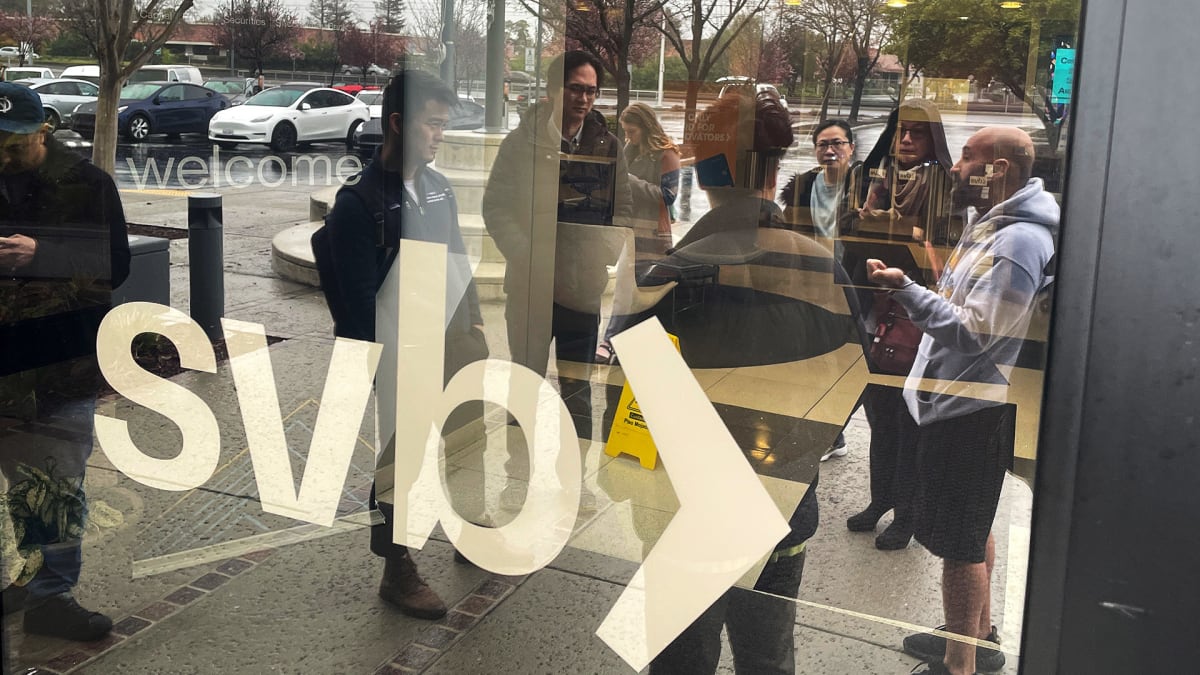
A spate of recent bank failures and rapid responses by government officials has sparked consternation, finger pointing and a new cottage industry of picking the next bank to fail.
After Silicon Valley Bank (SIVB) and New York-based Signature fell within days of each other, federal government officials rushed to contain the potential panic with unprecedented guarantees of depositor assets.
DON’T MISS: Banking Crisis: Experts Divided on Whether It Has Ended
During testimony at a Senate banking committee hearing Thursday, Treasury Secretary Janet Yellen sought to reassure senators that the U.S. banking system was “sound,” and that the collapses were caused by management failures at the individual banks.
However, Senator Mike Crapo, R-ID, sought to blame the Federal Reserve's failure to anticipate and control inflation as a contributing factor. “Inflation played a key role in the recent bank failures, as rising interest rates and mismanaged interest rate risk led to a liquidity crisis,” Crapo said during the Senate Finance Committee hearing.
BlackRock CEO Warns of More Turmoil
In a 20-page letter to investors, BlackRock TICKER CEO Larry Fink. said that any number of banks across the country could be at risk amid “liquidity mismatches” and rising interest rates.
“The monetary and fiscal tools available to policymakers and regulators to address the current crisis are limited, especially with a divided government in the United States," Fink wrote in the letter.
Get exclusive access to portfolio managers and their proven investing strategies with Real Money Pro. Get started now.
Fink named the current economic situation as the “consequences of easy money” that was given out by banks over the last decade.
“We don’t know yet whether the consequences of easy money and regulatory changes will cascade throughout the U.S. regional banking sector (akin to the S&L crisis) with more seizures and shutdowns coming,” Fink wrote.
While most financial analysts are afraid to put their words behind a specific prediction, many agree that more may fall before the situation stabilizes.
“I don’t think this is going away for a while because depositors are reducing their balances and investors are getting rid of [bank] debt,” the retired head of a major money-management firm told TheStreet anonymously while adding that “scrutiny of the failed bank’s siblings” is currently at sky-high levels.
And as many warn, the individual banks that may not survive are less important than the factors that led up to the present situation — increasing interest rates, raised oil and energy prices and what many have called low pressure to step in from the federal government.
“A very rough estimate is that slower loan growth by mid-size banks could subtract a half to a full percentage-point off the level of GDP over the next year or two,” JPMorgan wrote in its own note to clients this week. “We believe this is broadly consistent with our view that tighter monetary policy will push the US into recession later this year.”
Two Banks of Immediate Concern
The banking industry moved to relieve pressure on two banks that have been of immediate concern in the wake of the Silicon Vally Bank collpse.
Both Credit Suisse CS and First Republic Bank FRC had been identified as vulnerable, and share prices for both have plunged in recent days.
However, Credit Suisse said it plans to borrow up to $52 billion( from the central Swiss bank. )
First Republic, based in San Francisco, also got a boost after major banks including JPMorgan (JPM) and Bank of America (BAC) agreed on a $30 billion infusion for the struggling lender.







